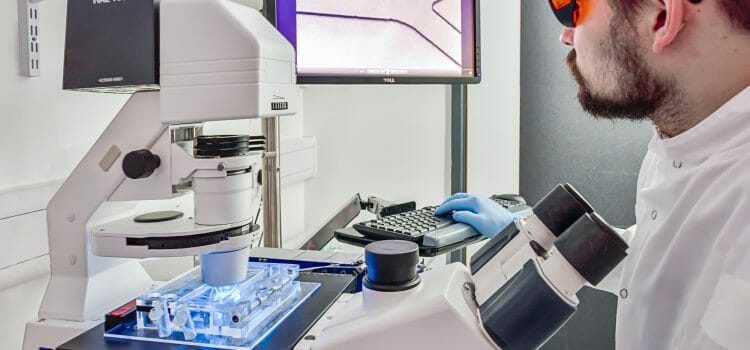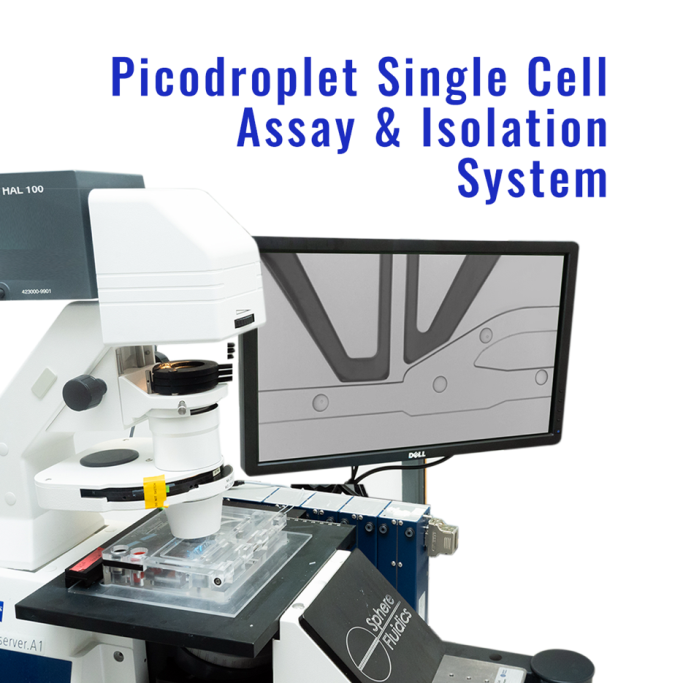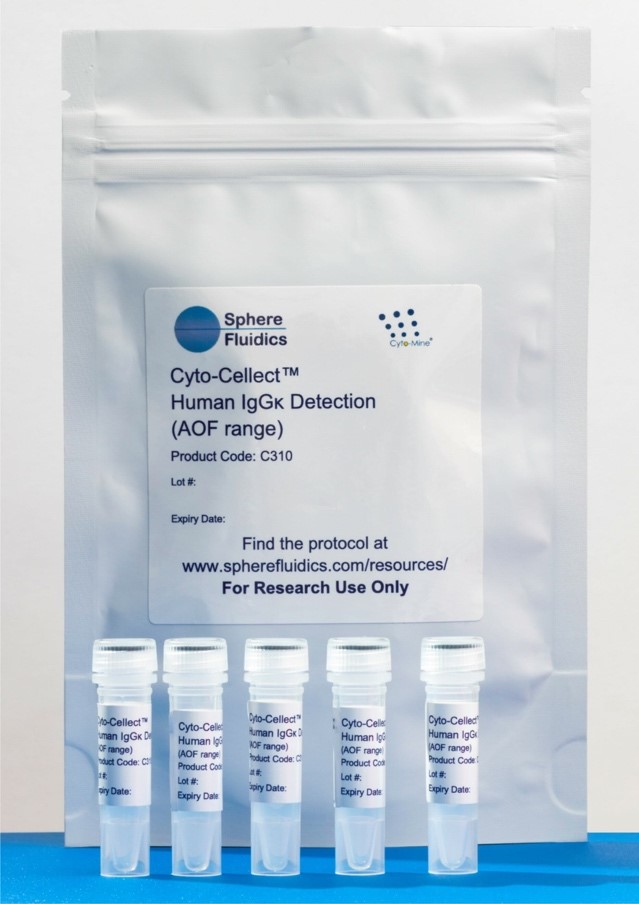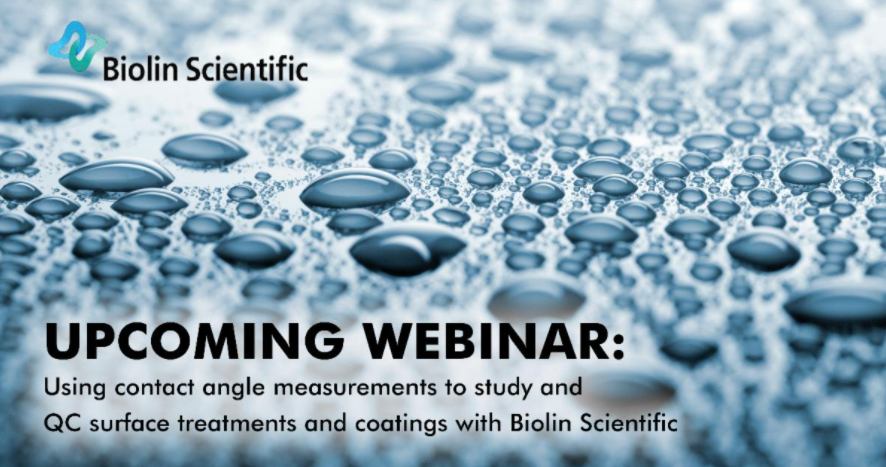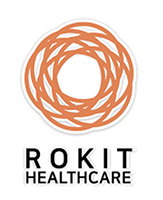
The world of 3D Ceramic Printing has come a long way since the 1980s when it was considered suitable only for the production of functional or aesthetic prototypes, and a more appropriate term for it at the time was “rapid prototyping”. Today, the the precision, repeatability, and material range of 3D printing have increased to the point that some 3D printing processes are considered viable as an industrial-production technology, whereby the term “additive manufacturing” can be used synonymously with 3D printing.
Applications of 3D ceramic printing
In this article we are going to look at 3D printing—or additive manufacturing if you will—using ceramic materials for the following applications:
1) Production of ceramic foundry cores;
2) Optimization of optical instrumentation.
Types of ceramics used in 3D printing
Before we get too far into the weeds with the two applications highlighted above, let’s briefly have a look at the types of ceramics used in 3D printing. Generally speaking, the qualities of ceramic materials are: high strength, high dimensional stability (low coefficient of thermal expansion), low density, high resistance to abrasion and corrosion, and exceptional chemical stability. There is a variety of ceramic materials used in 3D printing, which are categorized into:
- Oxide ceramics: alumina, zirconia, silicore, alumina-toughened zirconia, cordierite, 8 mol% yttria-stabilized zirconia, silice SiO2, hydroxyapatite/TCP, and tricalcium phosphate;
- Non-oxide ceramics: silicon nitride and aluminum nitride.
3D Ceram Sinto, a leader in the world of 3D ceramic printing, offers a full range of ready-to-use ceramic pastes for use with their CERAMAKER printers. Naturally, they advise their customers on the critical issue of the ceramic paste best suited to the application at hand, but can also create ceramic paste formulations according to specifications provided by their customers.

3D Ceram ceramic paste
3D printing of ceramic foundry cores
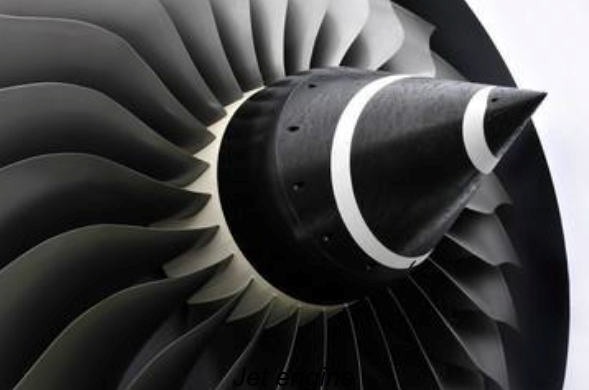
Foundry cores are integral to the production of turbine blades for aviation, aero-derivative and land-based gas turbines. Up to now manufacturing cores has been a time- and labour intensive process. Today, in an effort to lower fuel consumption, improve turbine efficiency and decrease engine emissions, core designs are becoming increasingly complex. Making a complex, porous ceramic foundry core using conventional manufacturing processes involves making the core in several pieces and then assembling them manually. The likelihood of a problem occurring in this process is considerable, resulting in wasted time and materials—and excessively high costs.
Some of the constraints applied to core production:
- Dimensional accuracy +/- 0.1 mm
- Structural strength
- Surface roughness
- Material porosity
Additive manufacturing brings a new dimension to conventional industrial processes, allowing all of these elements to be controlled. In addition to saving time and materials and increasing productivity in the production of ceramic foundry cores, the technology delivers the following benefits:
- Design flexibility
- Possibility of more core complexity
- Quick creation of new designs
- Better responsiveness and productivity
- Increased profitability
- Maintenance of core strength
3D printing of optical instruments

3D printing is one of the key technologies for devising innovative solutions contributing to the optimization of optical instruments, such as a plane mirror for a front-end laser engine (galvo-mirror for high-energy laser application). 3D printing can greatly enhance the design and manufacturing of the optical substrate of such an instrument.

Two types of mirror
The use of additive manufacturing for the production of optical instruments has the following benefits:
- Parts are lighter because they feature more complex designs that incorporate holes and semi-closed structures
- Lead time is reduced as there is no need to manufacture and then lighten by machining a first draft
- Less ceramic is used, which reduces costs
- New, more complex and disruptive designs are possible
- New functions such as internal channels, electrical tracks and feedthroughs can be incorporated.

As a result of new additive manufacturing technology, optical substrates and mirrors can now be more compact, thus allowing for additional functions while still keeping volume and mass low.
Industrial 3D ceramic printers
We’ve touched on the ceramic pastes used in 3D ceramic printing and must do likewise with 3D ceramic printers. The number of ceramic 3D printers on the market has increased steadily in recent years and many industrial solutions are now available. Indeed, more manufacturers are offering professional solutions, capable of designing high-quality parts with increasing speed.
3DCeram Sinto is undoubtedly one of the historical players in ceramic additive manufacturing and has developed a professional range based on a stereolithography process. 3D Ceram Sinto’s CERAMAKER 3D printer family has the widest range and most
practical printing platforms of any company in the market, ranging from the C100 (100 x 100 x 150 mm) to the C3600 (300 x 300 x 100 mm). Taking shrinkage into account, you can produce parts with dimensions up to Ø500 mm with the CERAMAKER C3600.
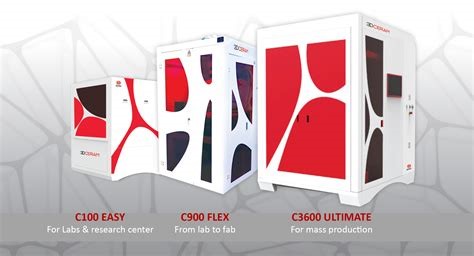


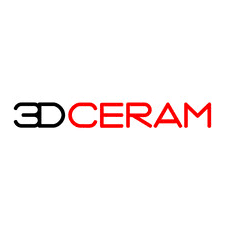
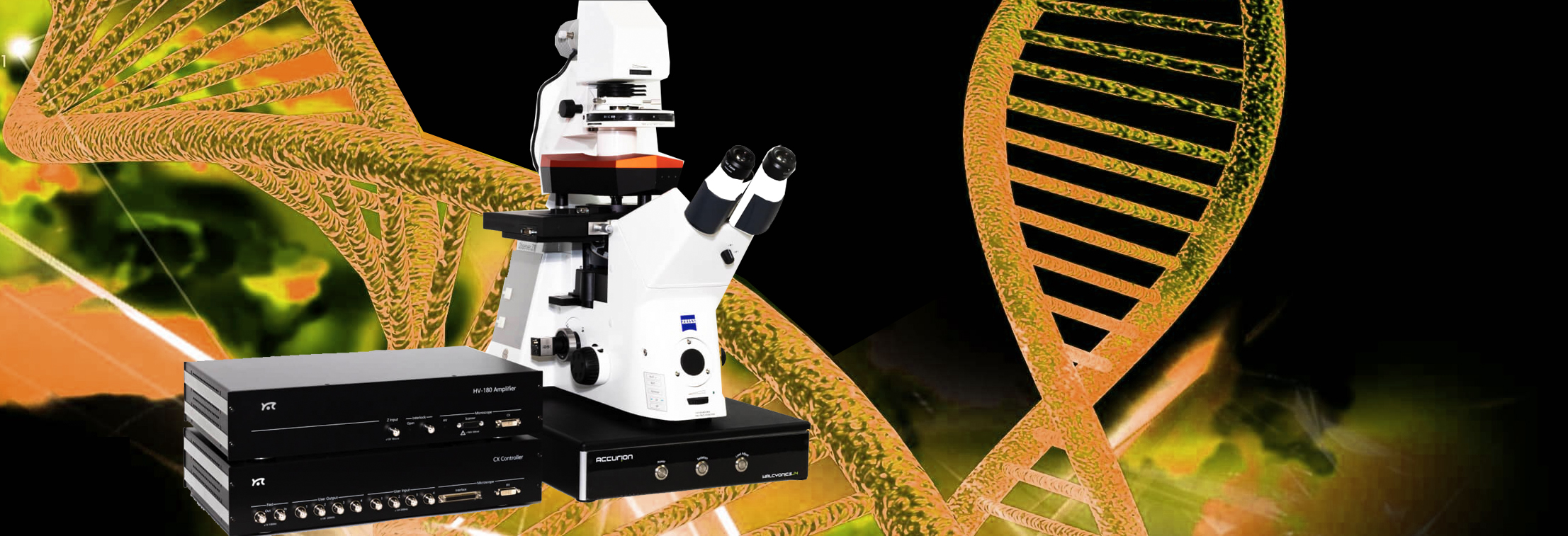
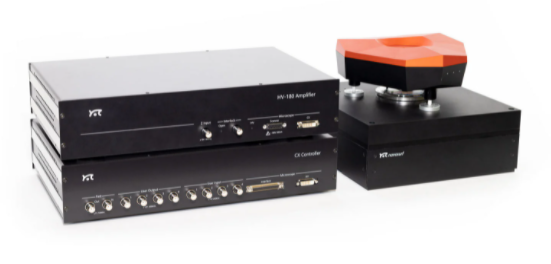




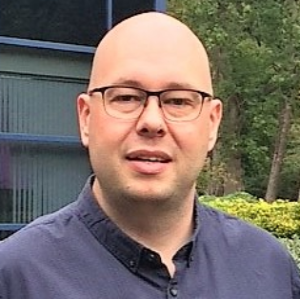
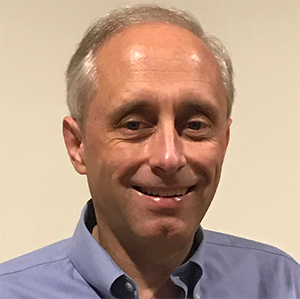


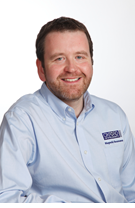














 Nanosurf webinars
Nanosurf webinars
